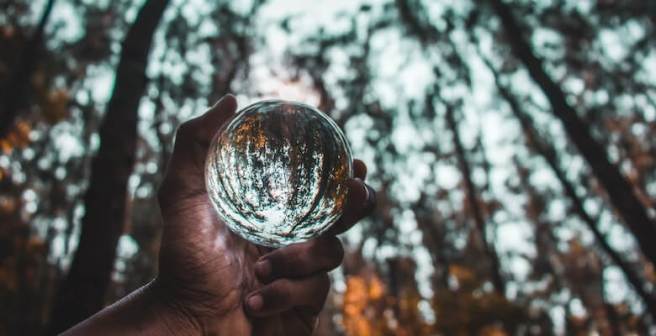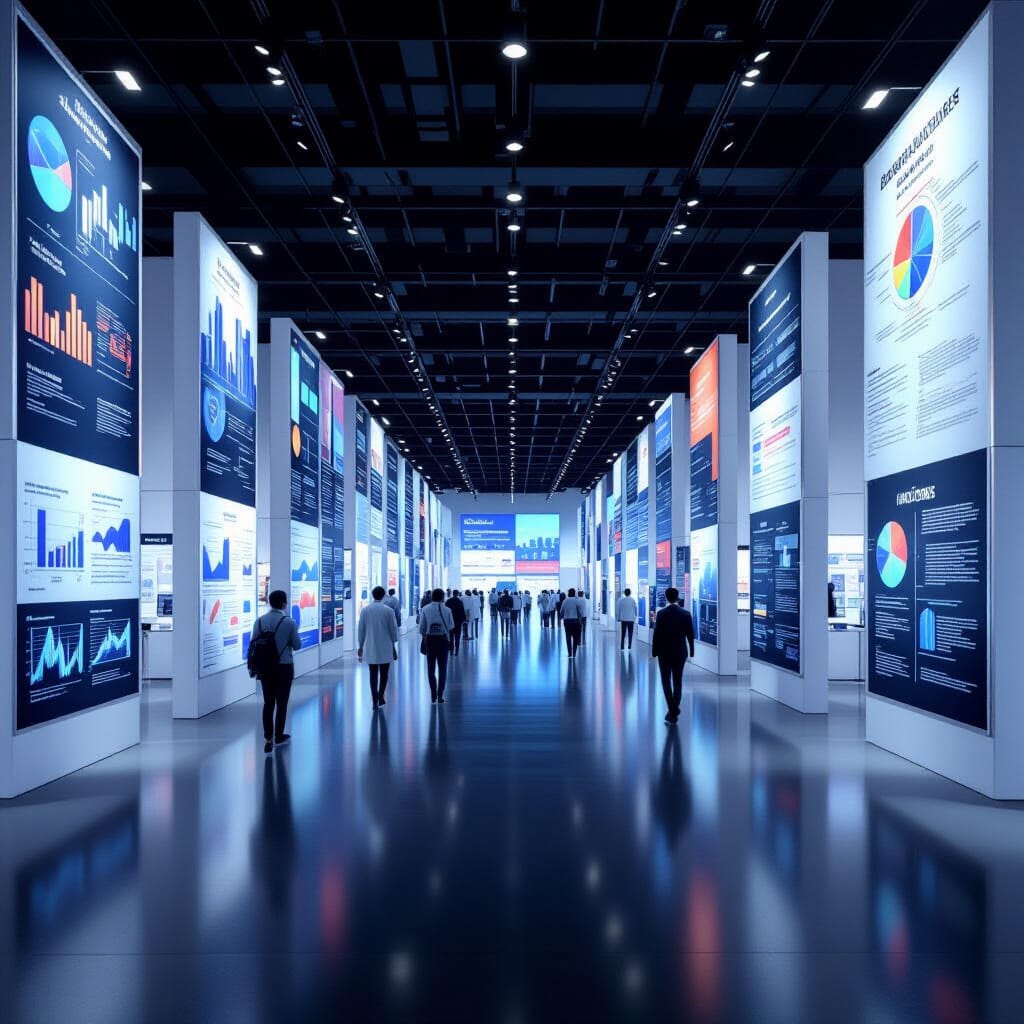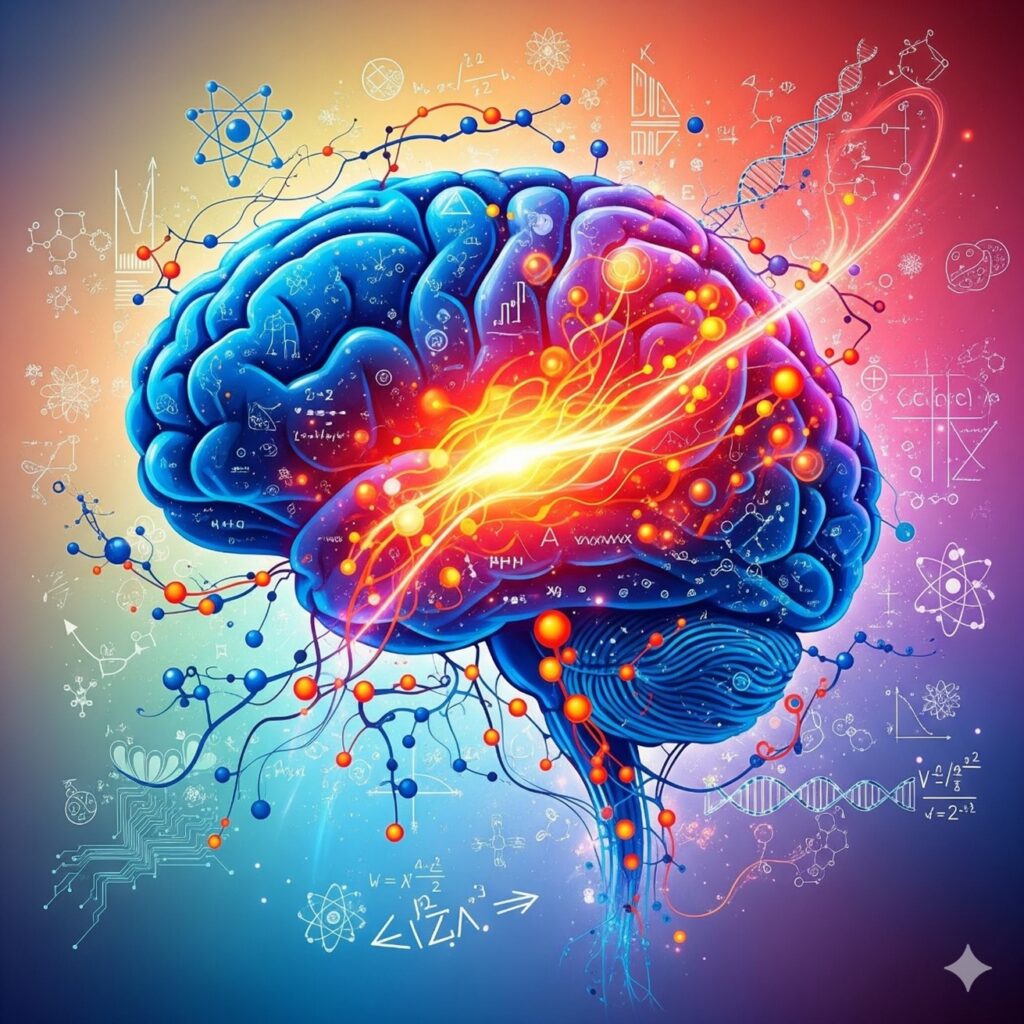How art and science can converge for impact

“Art is a way of seeing the world that words can’t always capture.” – Jean-Luc Godard
Science can often be perceived as an exclusive club, intended only for its practitioners with their high levels of education. While there are many outside the scientific community who are interested in understanding science and scientific evidence, there are still plenty who do not appreciate the value that scientific knowledge can add to their lives. Science communication aims to make science more transparent, educate the public and the policy makers, inspire local communities to promote and execute behaviors/practices rooted in science (and even contribute to science), and excite and motivate the youth to pursue careers in science.1
Development of a scientific temper among the general population has undoubtedly become an increasingly important need. Fields such as climate research, public health, agriculture, energy technologies, pollution control, and more would greatly benefit from sound actions, based on scientific findings, in achieving sustainability goals. Incorporating scientific views in the fields of lifestyle and health will help carve a wholesome future for all of us. So, what’s missing?
Science needs to make an emotional impact
One must admit that science as a body of knowledge is detached from emotions and passion. Science operates in silos, with scientists studying extremely niche subjects using incredibly specialized methodologies. The results of these studies are shared in highly technical formats intended mainly for fellow experts in the field. Enter “SciComm,” with its people-friendliness, which allows broader audiences to comprehend what is otherwise a mostly complicated topic. But is comprehension sufficient?
What is needed is a strong passion that influences human endeavours with its transformational power. People who experience passion profit from its provoking and awakening energy. Only such a population of passionate people can steer us in a direction that benefits the planet as well as our own species.2 And this is where the arts help.
At the first glance, it is rather simple how: an artistic approach to communication creates an interest in the subject being conveyed and thus a better acceptance of it. True, of course. However, on closer scrutiny, we realise that there is much more to it than that. The arts serve as a vehicle that infuses passion and sentiments in people. It generates concern and understanding above and beyond plain comprehension, which makes action possible. It stirs up fresh perspectives and novel approaches to interpreting scientific topics, and more importantly, facilitates dialogue, persuading the influenced ones to be the bearers of change.2 And, change we do need.
Art can open up limitless possibilities for communicating science
It is not surprising that the arts are becoming a favoured medium for conveying science to the public.[1] “SciArt” exists today as a real vocation. Science popularizers and communicators are now seen adopting different forms of art to aid storytelling: visual arts, including drawing, filmmaking, and sculpting; literary arts, including poetry and prose; and the performing arts, including dance, music, theatre, and even stand-up comedy.
Individuals have adopted art forms to make scientific concepts interesting and more wide-reaching. Take for instance Rohin Francis, who is a cardiologist, writer, stand-up comedian, and the creator of the YouTube channel Medlife Crisis. Rohan Chakravarty is an artist, cartoonist, illustrator and naturalist known for his award-winning illustrated comic series Green Humour where he highlights various environmental issues that in his words “should be making front-page news but sadly don’t.”
Of course, highly relevant in this context are Christopher Nolan’s science fiction movies. His latest, Oppenheimer, is a cautionary tale speaking about the consequences of the well-renowned theoretical physicist’s scientific achievements on his own conscience.
The “Dance Your PhD” contest has been running since 2008, inviting researchers to describe their PhD through dance; it is sponsored by the American Association for the Advancement of Science (AAAS), Science magazine, and Primer.ai. Tim Blais (www.acapellascience.com) explains scientific topics by performing a capella parodies of popular music. Cartoonist Toby Morris and epidemiologist Siouxsie Wiles developed the ”Flatten the Curve” GIF to explain the necessity of social distancing and hygiene practices during the COVID-19 pandemic. It was picked up by governments and health professionals around the world and translated into at least 12 languages.
Scientists need art too
Of course, it is not only the non-scientific community that would benefit from artistic communication, but scientists as well. It has been shown that artistic activities may stimulate the brain in ways that might not be engaged by traditional scientific activities.3 Studies have shown that the most successful scientists are far more likely to engage artistically with the public than are less successful scientists.4
Scientific reports are, these days, being accompanied with graphical and video abstracts to to make research engaging to other experts and improve engagement.
To truly empower people, scientific art needs to be responsible
Is art always the best complement to a science communication narrative or a piece of science news? One would think, yes. Because any nice, colourful, and relevant image drawn to attract readers is a great hook for a science story. But this is not as simple. The impact that illustrations accompanying scientific information in the media have on its audiences must also be considered.
One study termed the plethora of stock illustrations used by news agencies to communicate during the COVID-19 pandemic as “an imagedemic on screens.” The study talks of how the use of artistically altered stock pictures of viruses without rigorous meta-data promote the spread of hoaxes and emotions that are biased. The study goes on to argue that colourful 3D illustrations of the SARS-CoV-2 virus may look very attractive but are not scientific or realistic. On the other hand, the black and white microscopy images although not very beautiful are considered by viewers as scientifically accurate and thus perceived as much scarier than the illustrations.5 “In the case of COVID-19, rigorous, real images of SARS-CoV-2 should be used when possible, just as real images should be used as a rule to accompany any type of information,”according to scientists.
So, what is the middle ground? Because the use of art in science has such tremendous benefits, artists must strive to create content under scientist supervision whenever possible so that they do not stray from reality. This is necessary to ensure scientific accuracy and precision. Good collaborations between scientists and artists can instil scientific temper and empower individuals to bring about a change that can help the planet and themselves.
References
1. 12 examples of stunning science communication. https://shorthand.com/the-craft/12-examples-of-stunning-science-comms/.
2. Shrivastava, P., Ivanaj, V. & Ivanaj, S. Sustainable Development and the Arts. Int J Technol. Manag. 60, 23–43 (2012).
3. Keehner, M., Mayberry, L. & Fischer, M. H. Different clues from different views: The role of image format in public perceptions of neuroimaging results. Psychon. Bull. Rev. 18, 422–428 (2011).
4. Root-Bernstein, R. et al. Arts Foster Scientific Success: Avocations of Nobel, National Academy, Royal Society, and Sigma Xi Members. J. Psychol. Sci. Technol. 1, 51–63 (2008).
5. Andreu-Sánchez, C. & Martín-Pascual, M. Á. Scientific illustrations of SARS-CoV-2 in the media: An imagedemic on screens. Humanit. Soc. Sci. Commun. 9, 1–6 (2022).
[1] {Citation}








